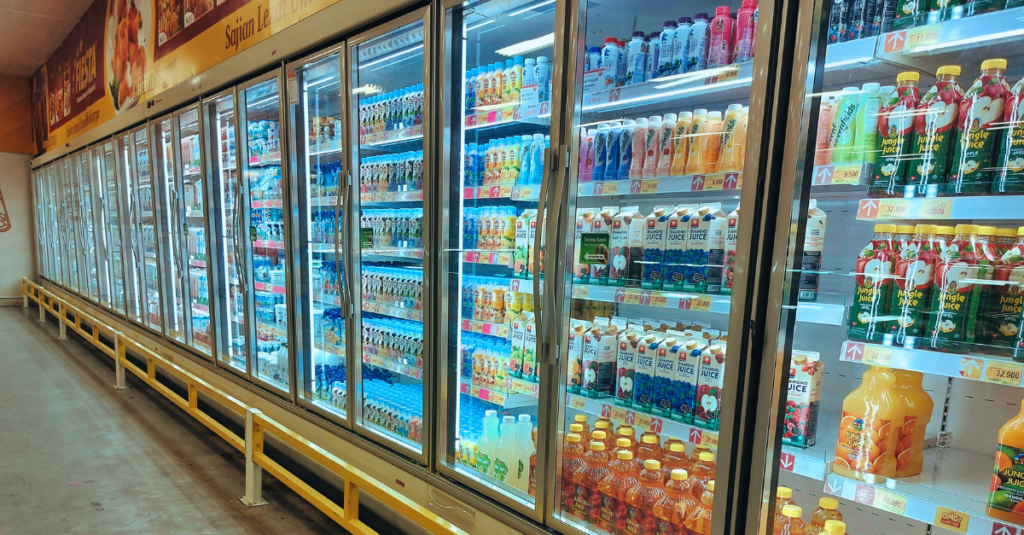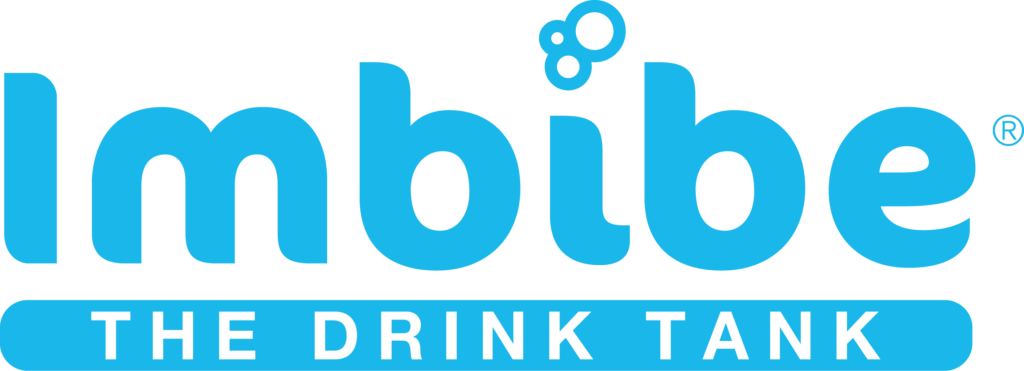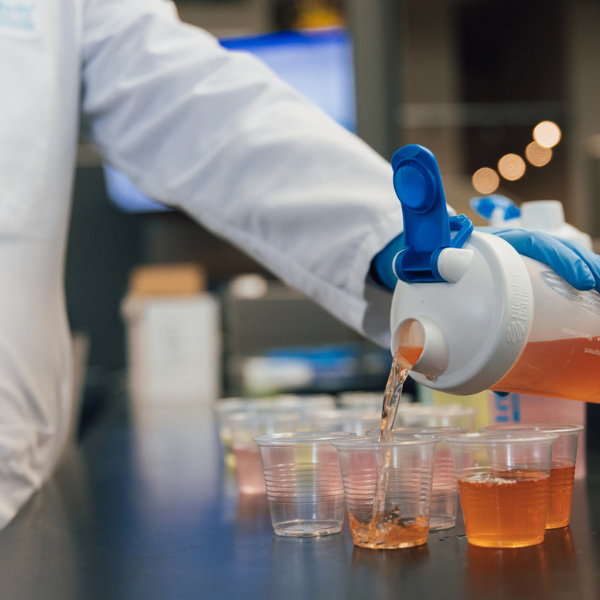
Know the market and determine a point of differentiation – The market is saturated with beverages that provide everything from simple hydration to personalized health boosts. When deciding what product to develop it’s beneficial to look for whitespace in the market. That is, is there a product type that’s missing that can fulfill the need of your target consumer? The answer to this might be incorporating ingredients that fulfill a novel health benefit, creating a product with a better texture and flavor than your competition, or developing a base with multiple uses to increase behind-the-counter shelf space at foodservice establishments. Once you have an idea for what type of beverage you want to develop, it’s important to establish who your target consumer is, what need your beverage addresses, if there’s a big enough market for your product, and how it will stand out from similar products.
Have a processing plan from the beginning – We can’t stress enough how beneficial it is to consider the required processing conditions as soon as possible and apply them when developing on the bench. Processing conditions will be determined by a number of factors including product composition, pH, ingredient micro-load, manufacturer capabilities and package type. Processing conditions like thermal processing time and temperature, the order of addition, and type of mixer and batch tank configuration can have a major impact on your product. It can affect variables like taste, color, stability, texture and functional ingredient efficacy.
Identify a copacker early on – The packaging type and ingredients used in your product can dictate your copacker options. There may be a limited number of copackers for a certain type of product and package combination or a specific product type may be so popular that it is hard to find line time (e.g. there’s huge demand for products that require retort processing right now). You may also run into copackers who won’t process a product because of its ingredients (e.g. if your product is a supplement or has an allergen). Many co-packers also have high minimum run volumes that are difficult to achieve for new and innovative products. Given the number of considerations in selecting a co-packer that is willing and able to manufacture your product, figuring this out early on in the project is critical.
Anticipate occasional hiccups – Many of the most on-trend beverages are technically challenging to make, especially with today’s low-sugar and clean label standards. Products like dairy alternatives, high protein shakes, retort café lattes require a skilled team to meet consumers’ taste, texture and stability expectations. Throughout the development process you may experience challenges like difficulty sourcing an ingredient (especially if it’s novel and organic), off-flavors like bitterness or astringency, or ingredients falling out of solution. You might address flavor issues with an ingredient swap in the base or using flavorings with modulating properties to mask off-notes, enhance sweetness or improve mouthfeel. If you’re having stability issues you may want to choose a different stabilizer (e.g. carrageenan, xanthan gum, pectin and gum arabic) or reevaluate your processing method.
Prepare a launch plan – Before your beverage hits the market create a distribution plan. Questions to consider: Where is your target consumer most likely to buy your product? Will the product be sold in stores or online only? Do you have retail connections and meetings set up with potential buyers? Will those potential buyers be giving feedback before your product can get shelf space? Is there potential for a foodservice partner? If you plan to sell your product at brick and mortar locations, it will take time to get your product on shelves and having a plan may allow you to identify gaps that could prevent a clear-cut path to market. In addition to creating a go-to-market strategy, it’s also important to determine a promotion strategy that will keep consumers coming back. Promotional opportunities might include coupons, discounts, content marketing and ad buys. Addressing these considerations pre-launch will allow your team to focus on sales and strategy moving forward and lead to greater success for your brand.
Be resourceful – In today’s fast-paced and saturated market, speed of innovation, product quality and cost are essential. Whether you’re an entrepreneur ready to launch the next big thing, a company with limited R&D staff, or a big player with plenty of R&D staff across departments, it’s important to consider the resources your beverage idea will require from your team. High complexity projects can be taxing, especially if there’s a tight go-to-market timeline or it’s a beverage type that is new to your team. Experience is critical when working on complex products because of the taste and stability challenges and difficult-to-predict issues that arise when running in harsh plant-scale production environments. Consider working with an experienced and skilled R&D partner for projects that require additional capabilities or quick timelines to reduce the cost of formulating your beverage and free up resources of your internal team.
Interested in leveraging some of Imbibe’s technical expertise? Email our beverage development experts at thedrinktank@imbibeinc.com.




